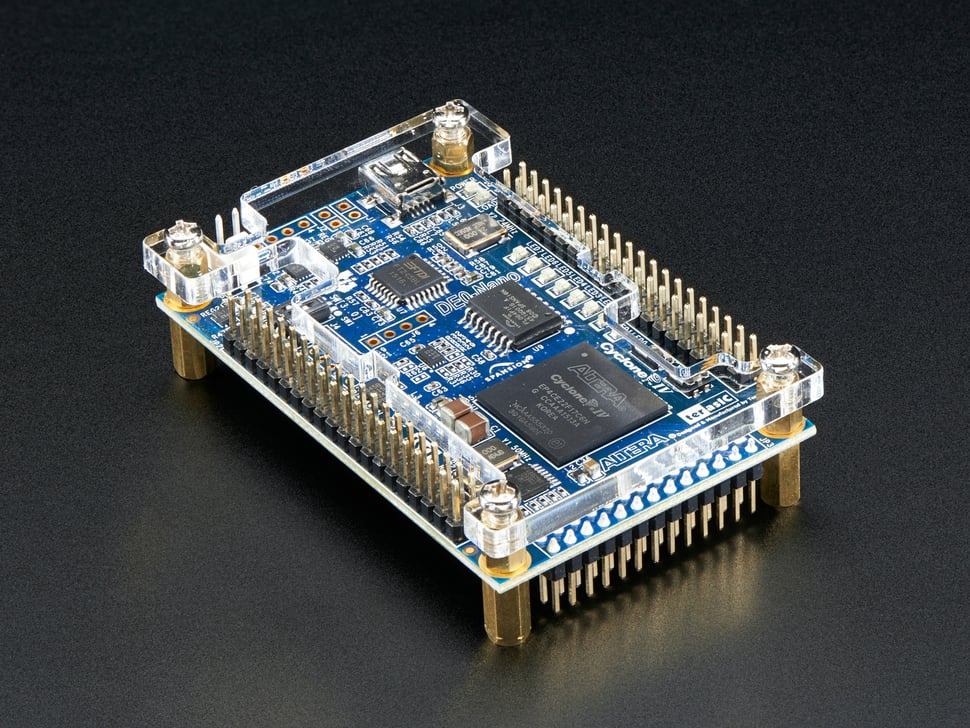Winston
Lorenzo von Matterhorn
- Joined
- Jan 31, 2009
- Messages
- 9,560
- Reaction score
- 1,748
Apollo Guidance Computer (AGC) Restoration for 50th Anniversary of Apollo 11
The one being worked on to restore it to functional status is from the first man-rated Lunar Module LTA-8, the one on display at Space Center Houston:
https://heroicrelics.org/space-ctr/lta-8/index.html
Most of this AGC was NOT potted so it's possible to work on it. Beautiful hardware. They are short on documentation for various AGC development tools (hardware), so they have to reverse engineer them to attempt to get them working. Fascinating video.
The one being worked on to restore it to functional status is from the first man-rated Lunar Module LTA-8, the one on display at Space Center Houston:
https://heroicrelics.org/space-ctr/lta-8/index.html
Most of this AGC was NOT potted so it's possible to work on it. Beautiful hardware. They are short on documentation for various AGC development tools (hardware), so they have to reverse engineer them to attempt to get them working. Fascinating video.



